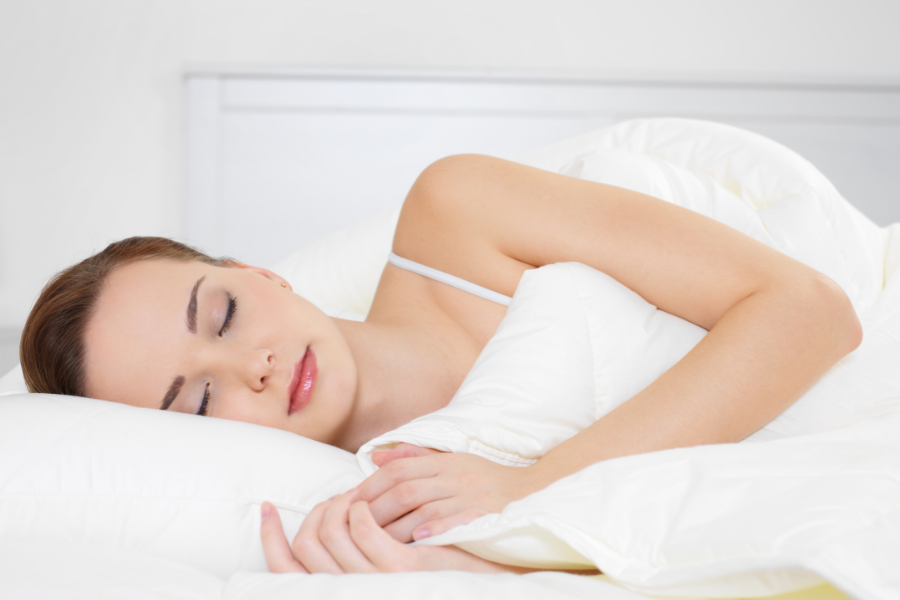Lower Back Pain Relief: The Best Sleep Positions
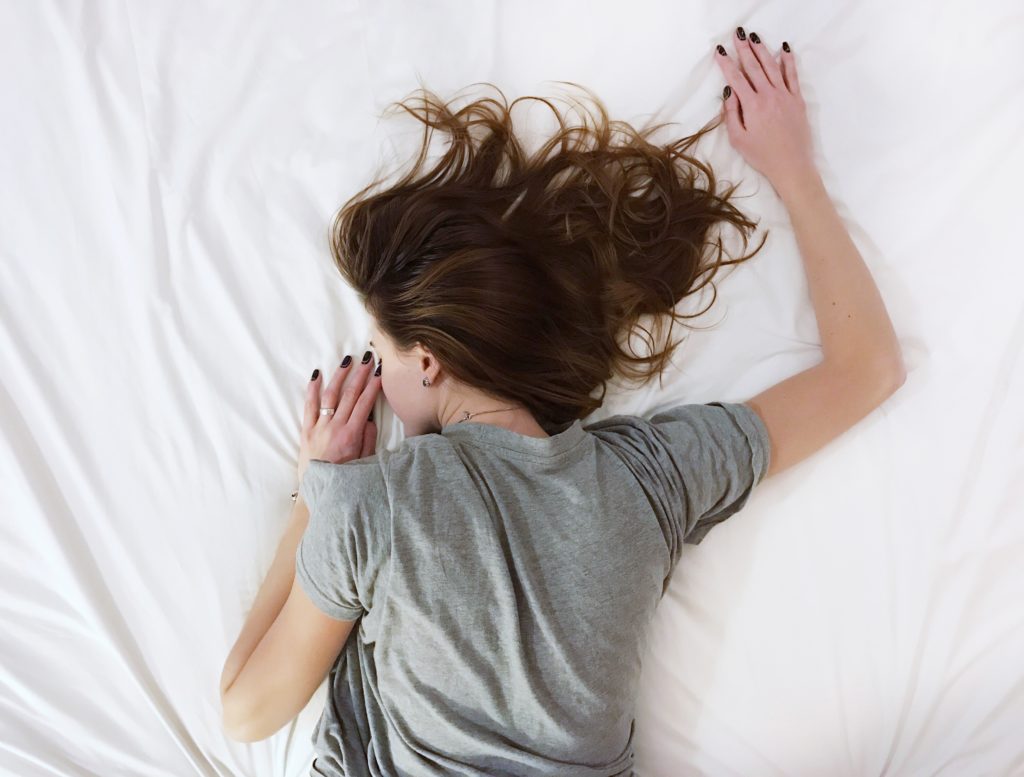
Do you wake up in the morning with Lower Back Pain? If so, you’re not alone. Lower back pain is one of the most common types of chronic pain. This blog post will discuss some of the best sleeping positions for lower back pain. We will also provide tips on finding lower back pain relief with sleep.
Nighttime Posture
The effort to observe proper posture, regular exercise, and utilize expensive corrective equipment all goes to waste if your work is undone overnight. Most adults sleep anywhere from six to eight hours a night, sometimes moving throughout the night.
Your nighttime posture matters just as much as your daytime posture, and if your lower back pain is worse in the mornings, that might be because you’re unknowingly exacerbating your condition while you’re asleep.
Anything that places pressure on your vertebrae or shifts the alignment of your spine and hips in a negative fashion will have you feeling it the next day. However, it only takes a handful of simple adjustments to get a more comfortable snooze.
Things to Know About Lower Back Pain
Lower back pain is one of the most common types of chronic pain. According to the National Institutes of Health, lower back pain is the leading cause of disability worldwide. Lower back pain can range from a dull ache to severe, debilitating pain. The intensity of lower back pain can vary depending on the underlying cause. Common causes of lower back pain include muscle strains, herniated discs, and degenerative disc disease.
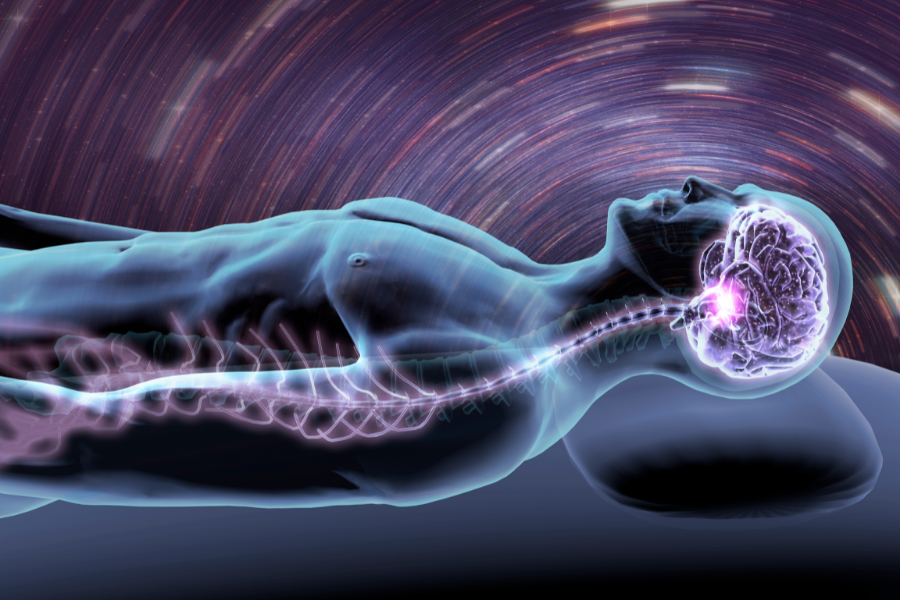
The Spinal Cord & Spinal Joints
The spinal cord is a curved column of bones and cartilage, with many nerves running through it. Some lower back pain comes from damaged cartilage or inflamed regions between the bony vertebrae, causing tissue and bone to push on these sensitive nerves and send constant pain signals throughout the body.
While there are several medical interventions to deal with this issue, from surgery to injecting the area to numb the nerves and reduce swelling, taking pressure off the nerve through posture adjustments is one of the safest and most effective ways to reduce pain immediately.
Observe your posture and avoid specific movements. Sometimes, a patient may work with a physical therapist to strengthen muscles in the body that help prevent pressure from being further added onto the affected area. But when we sleep, certain positions undo our hard work. The result is a condition that either stalls deterioration or deteriorates much slower, with less pain and higher overall quality of life.
Relieve the Pressure
A good rule of thumb is that pressure on any spot on the spine is reduced when the body is in proper alignment. That entails that your ears, shoulders, and hips are all in a straight line. The spine curves naturally, but it’s a minor curve, and it shouldn’t cause your hips to dip forward or backward (sometimes indicating weakness in the abdominal muscles or pelvic floor).
When sleeping, try to sleep in a way that keeps your torso and neck in a straight line without straining to remain rigid. You’ll find that your body will have to sink in places due to gaps between you and the mattress.
We’re not perfect rectangles, and the curvature of our body causes us to slump and bend in places when we’re lying on a flat surface. Use small pillows to fill the gaps, keeping in mind that your goal is to maintain an effortless alignment of the spine without straining anything. Here are some other good examples:
Optimal Sleeping Positions
There are a few different sleeping positions that support lower back pain relief.
Sleeping on your back
This position takes the pressure off your Lower Back by aligning your spine. If you are not used to sleeping on your back, getting used to this position may take some time.
Sleep on your side
This position can help to reduce lower back pain. Sleep on your side with a pillow between your legs. This position also helps align your spine and takes the pressure off your Lower Back. If you sleep on your side, keep your knees and hips in alignment.
Don’t forget to keep a pillow under your head and neck. This might seem awkward at first, but it’s just three pillows, two of which are smaller than the other, which seems like a small price.
Finally, consider reminding yourself to switch sides every so often. Even though this position is meant to minimize back pain, you could still aggravate muscle imbalances by favoring one side too much. This, furthermore, makes itself felt in your lower back.
Sleep on Your Back With Knees Raised
If you’re a back sleeper, the easiest and quickest way to experience relief and take pressure off your vertebrae is to gently raise the knees with a small pillow placed under your kneecaps. This is also good for knee pain, as it prevents the ligaments from being stressed under accidental overextension in your sleep.
Using a pillow under the knees lets you keep your knees slightly bent and allow the lower back to completely relax onto the mattress, opening the joints up and preventing any curving or cramping in and around the spine.

Sleeping on your stomach
This position can help reduce chronic back pain. When you sleep on your stomach, your lower back is not in a flexed position.
This can help to reduce the amount of pressure on your lower back and spine and contribute to lower back pain relief.
In addition, sleeping on your stomach can help keep your spine in alignment. This can also help to reduce the amount of pressure on your lower back and spine.
Sleeping in the Fetal Position
Curling up in a fetal position with your knees tucked up close to your chest can help alleviate pressure on herniated discs in the lower back. You don’t try to bend the back in the other direction forcefully.
Rather than curling up into a ball, gently roll to your side with your head and neck on a pillow and bring both knees up and close to the chest until you feel your back straighten out. Don’t go any further.
Sleep in a Reclined Position
For people with isthmic spondylolisthesis, a reclining bed may be more comfortable than a regular bed. Reclining beds are commonly found in hospitals and are simply beds with a joint in the middle allowing for adjustments to be made, much like a reclining chair.
If you feel less pressure on the back when lying back into a reclining chair, you may find that your back pain would be greatly reduced by switching to a reclining bed.
This isn’t always possible, however, especially for individuals who can’t afford to buy an adjustable bed frame. There are do-it-yourself ways to achieve the reclining effect in a normal bed, if a reclining bed frame is not an option, such as a bed wedge.
Other Tips for Lower Back Pain Relief
Supportive Mattress
Firm to Keep Spinal Cord in Alignment
Regardless of how you choose to sleep, when to sleep, and what you sleep on matters, be sure to pick the firmest mattress you can manage to sleep on without discomfort. Softer mattresses might seem superficially more comfortable but do you no favors for your spinal cord alignment. The firmest mattress on the market is likely to leave you feeling miserable, so test a few before making your final choice.
You’ll want to choose a mattress that offers firm support. This will help prevent your lower back from sinking into the mattress, which can aggravate pain. Second, you’ll want to choose a mattress with good ergonomics. This means that the mattress should be able to support your natural spinal cord alignment.
Pillow
Supportive, Not too Soft
Good pillow quality is important, and regardless of how often you wash your pillow covers, it’s a good rule to replace your pillows every 1-2 years. Your pillow can play a role in Lower Back Pain.
When choosing a pillow, be sure to choose one that is supportive. A too-soft pillow can cause your Lower Back to sink into the mattress, which can aggravate pain. In addition, a pillow that is too hard can cause pressure on your Lower Back. Be sure to choose a pillow that is comfortable and supportive.
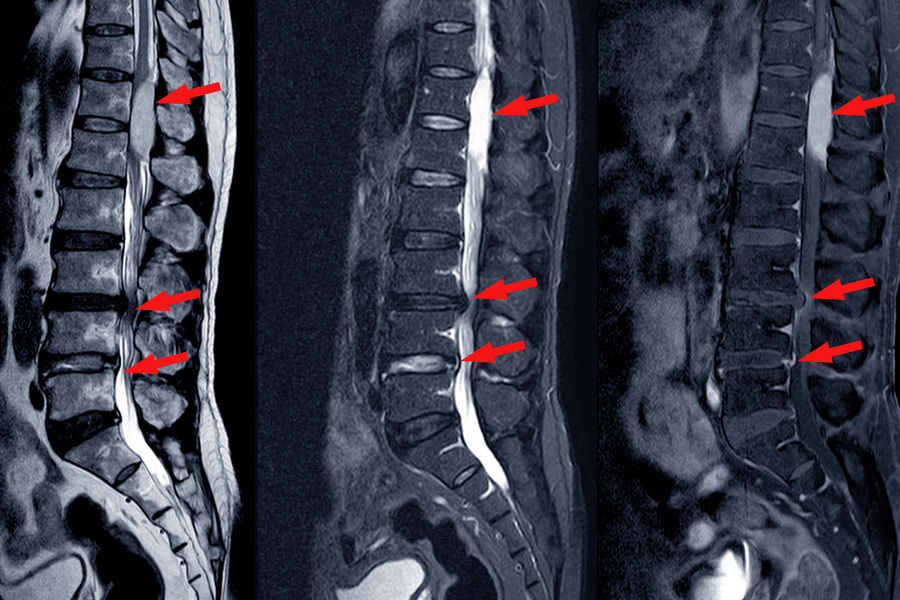
Herniated Disc
How do I know if my lower back pain is serious?
Lower Back Pain can be a sign of a serious condition:
herniated disc (A herniated disc, which is also known as a slipped or ruptured disc, occurs when the cartilage surrounding the disc pushes against the spinal cord or nerve root)
spinal stenosis (Spinal stenosis Lumbar spinal stenosis occurs when the spinal canal in your lower back narrows, placing pressure on nearby nerve roots. It can be caused by the formation of bone spurs, thickening of a nearby ligament, or degeneration of a lumbar disk or joint).
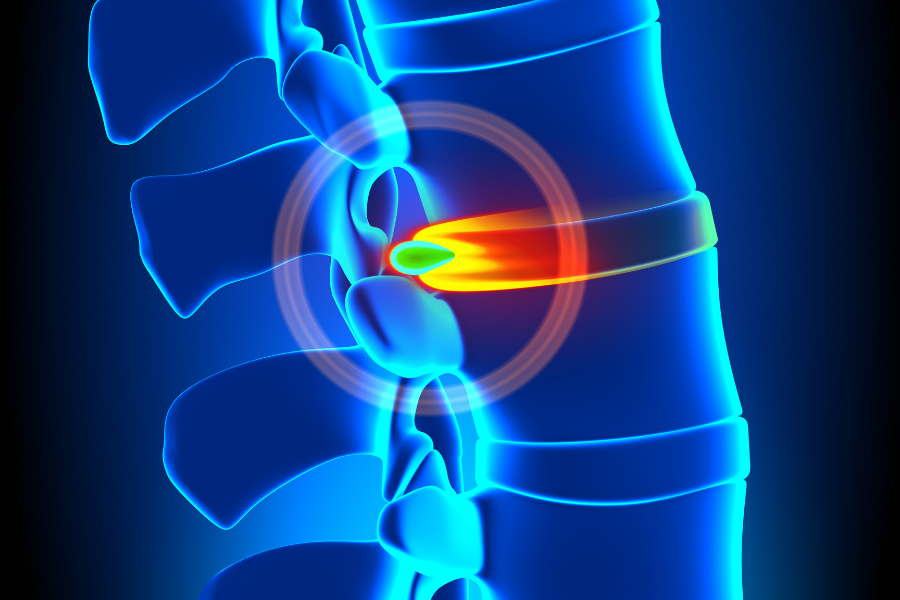
Spinal Stenosis
If you experience any of the following, it’s time to see a doctor:
- Severe pain that doesn’t improve with at-home treatments
- Chronic pain that lasts for more than three months
- Pain that radiates down your leg or gives you tingling or numbness in your leg or foot
- Pain that gets worse when you lie down or is relieved by sitting up
- Difficulty standing up straight or walking for more than a few minutes
- A fever or loss of appetite along with your Lower Back Pain
If you’re experiencing any of these symptoms, don’t delay in seeking medical attention. Lower back pain is often treatable, but the sooner you see a doctor, the better your chances of finding relief.
Your doctor will likely ask you questions about your symptoms and perform a physical examination. They may also order imaging tests, such as an MRI, to further evaluate your Lower Back Pain. Once they locate the problem area, physical therapy is often the best solution.
The Wrap-Up
Sleeping in the Fetal Position, Sleep on Your Back With Knees Raised, and Sleep in a Reclined Position are all good options. It would help if you also considered choosing a supportive mattress and pillow. By following these tips, you can offer Lower Back Pain relief.
Lower Back Pain can be chronic and severe pain. However, by following these tips, you can help reduce Lower Back Pain and improve your quality of life.
Contact PMIR about Lower Back Pain Relief
With proper sleep hygiene, good posture, and spinal cord health, you’ll feel refreshed and, hopefully, pain-free. Consult your general physician, orthopedic doctor, pain management specialist, or chiropractor if you’re experiencing chronic back pain.

